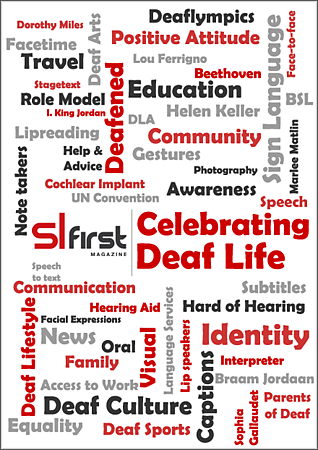Education3rd March 2014
Dog Tails
Cruiser, a chocolate Labrador go to school to help children with their reading and confidence

According to statistics, dogs are the third most popular pet, being beaten by cats in second place and of all things, fish first. Dogs come in such a variety of shapes, sizes and colours; but do we ever stop to imagine the roles our four legged friends have in our lives?
At sometime over the years, we have all caught a glimpse of a guide dog at work, we might even have one, or at least have knowledge of hearing dogs for the deaf. Seeing these dogs at work brings a lump to my throat, generating complete trust, with people putting their life and safety in the hands of a dog.
So, after owning labradors for thirty years, my partner and I wondered if our lovely chocolate Labrador named Cruiser would be able to do any therapy work. Using the internet, we found out about Pets as Therapy, or PAT for short. Together with Cruiser, who is now 8 years old, we went through various tests to see if she was a suitable candidate. After passing with flying colours, we were ready for our first assignment. It was some two years later we had a phone call from a primary school just a short distance from our home. The head teacher Mrs. Bethan Price of Llanharan Primary School had heard about the scheme called "read to dogs". She rang Pets as Therapy and was given our details.

Soon after, along with Cruiser, we made our first visit to the school. We, that is myself, partner and Cruiser went into the school library. Cruiser was introduced to a group of six or seven children. Each child chooses a book they think Cruiser would like. These are quite often stories involving cats, dogs or food. We encourage the children in turn to show Cruiser their book, and labradors being curious, will sniff and appear to look interested. This works like a dream, with each child convinced that Cruiser wants to hear their story. Cruiser will inevitably settle at their feet and look lovingly at whoever is reading.
The same children read to Cruiser every week for as many weeks or months as Sarah their teacher thinks the children need. When each group of children come to the end of needing time with Cruiser, they are each presented with a small reward, in the form of a rosette. The children are so proud to show this to their friends. Then Cruiser is delighted when it is wary new faces that start this special treatment. I know the school are really pleased with the success of ‘read to dogs’, it helps with many different aspects, from poor reading skills, lack of confidence, poor attendance and dyslexia. Cruiser knows when she wears her special collar that she is going to school. She gets excited and has quite a spring in her step.
It is so rewarding to be part of this scheme, indeed a privilege, to quietly sit on the sidelines and watch over the months as quiet reserved children edge closer to Cruiser in a bid to be first to read aloud.
Hopefully, when the school has an inspection day we can be there with Cruiser, so that the children can be observed first hand with her. That way there might be recognition of the value Cruiser and other dogs like her, bring to the lives of some of these children. I know that I for one feel privileged to watch pupil and dog work together.
Article by Wendy Bebb
posted in Community / Education
3rd March 2014





